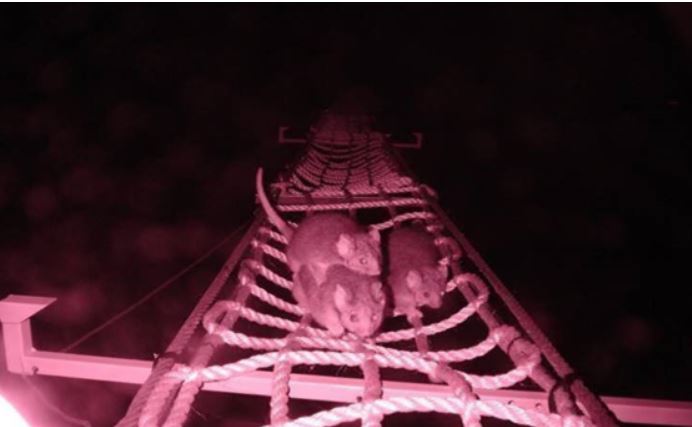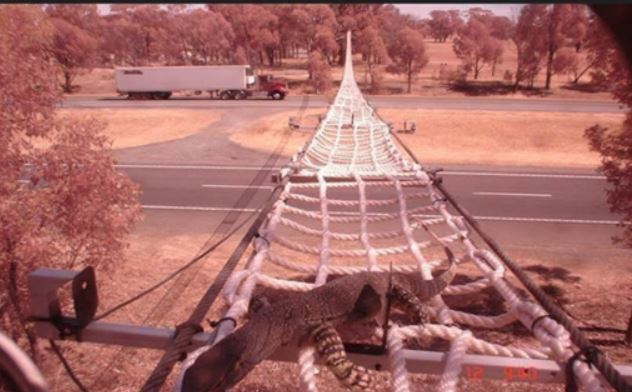April 8th, 2024Wildlife road trauma hitting home in Macedon Ranges Shire

The Macedon Ranges Shire Council will call on the federal gvernment to factor in wildlife trauma and fatalities metrics in federal road safety funding models.
At its recent March scheduled meeting the council endorsed the move which aligns with the council considering wildlife in its new Mobility and Road Safety Strategy.
At the Australian Local Government Association’s National General Assembly in July, the council will submit a motion calling on the Australian Government to include wildlife trauma and fatalities metrics in federal road safety funding models.
The move aligns with collaborative discussions at the council’s ‘Reducing the wildlife road toll’ forum held last month.
The council will now also write to a number of relevant federal and state ministers advocating on the issue.
Beyond the Macedon Ranges Shire, way back in 2007 the Hume Region, in a collaborative effort with the Australian Research Centre for Urban Ecology, Melbourne University, created a project to build special world-first fauna bridges for gliders and other native animals to cross the road and – safely – reach the other side.
There followed three wildlife crossing bridges located over the Hume Freeway at Longwood and Violet Town.
The bridges consist of a rope ladder bridge, reinforced with wire rope, that’s suspended between wooden poles.
Motion sensor activated cameras mounted on the structure have since captured many images of gliders and other native species utilising the bridges to cross over the freeway safely.
In the years the cameras have monitored these wildlife rope bridges across the Hume Freeway, thousands of animal crossings have been detected.
These have including threatened species like the cute little squirrel glider and brush-tailed phascogale and some amazing moments including a mother ringtail possum and her two babies, brushtail possums, cockatoos posing for the camera and even a goanna.
According to Regional Roads Victoria: “The research and findings have confirmed the importance of these structures and support the maintenance required to keep these crossings in good working condition.”











